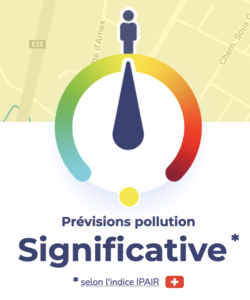Electric Car Charging
For a few weeks I have access to an electric car. This is an opportunity to experience what it’s like to have a car that you recharge, rather than refuel. I ran the car from one hundred percent down to fourty percent before charging it. It gave me a charge time of 11hrs.
A Normal Plug
I’m using a normal plug, rather than a dedicated car charger so the charging time is much longer than it would be with a specialised charging option. I didn’t expect such a long charge time. I expected it to take two or three hours.
Cars Spend Their Lives Parked
Although a charge time of eleven hours, or nine hours sounds long it isn’t, when you consider that a car would be parked for nine hours if someone was commuting to work, and twenty hours per day when under normal use. Under such circumstances charge time doesn’t matter, because the car is parked most of the time.
Plugs Are Not Standard for Parking
The issue is not that charging takes twelve hours. The issue is that I don’t have a plug in my parking spaces at home. It’s because of this that the charge time gets in the way. When a car is left to charge whenever it’s parked it never discharges so fully, so the charge time is reasonable. It’s because I couldn’t plug in the car, to top up the charge that it takes so many hours now.
A Shopping Trip
For a trip to the shops and back the car used a theoretical two percent. Two percent is nothing. That would take minutes to charge not hours. In this circumstance the car is cost effective.
The Battery Hog
I drove a journey three times. The journey takes twenty percent, ten percent per direction. The result is that I discharged the battery to fourty percent. I plugged it in to charge for two or three hours but that only charged what I had spent in getting from A to B, not to recharge from A to F. I need three times the charge time if I want to fill in the charge deficit.
Motorway Inefficiency
Contrary to popular belief the energy hog of motorways doesn’t come from the speed at which you drive, but from accelerating regularly. If the car you’re behind is at eighty kilometres per hour on the motorway you need to accelerate to one hundred and twenty not to slow down the fast lane. You’re wasting a huge amount of energy because people don’t drive at a constant speed on motorways. In a petrol car it takes minutes to refill a fuel tank. In an electric car it takes hours.
On the motorway I am tempted to drive at one hundred, and attempt to keep a steady speed, rather than accelerate and slow down. When I slow down I recover some charge but I still waste more due to people’s inconsistent driving styles.
Don’t Deplete the Battery
If you’re driving an electric car, and you don’t have a car charging port make sure that you don’t deplete the battery. Going from 80 percent to one hundred percent can be done in a matter of two or three hours, but getting from thirty two percent to one hundred percent takes ten to twelve hours.
And Finally
My problem is not with the electric car. Quite the opposite. I love the idea of an electric car and I am happy that I get to play with one for a few weeks. My frustration is with the lack of charging options in my own garage. If I had a normal plug in my garage I could charge my car at home. We don’t need dedicated car charging ports. We just need a plug so that we can charge our cars, as if they were mobile phones or laptops. With this simple option an electric car could be charged with ease, overnight, without overloading the building’s power supply.









